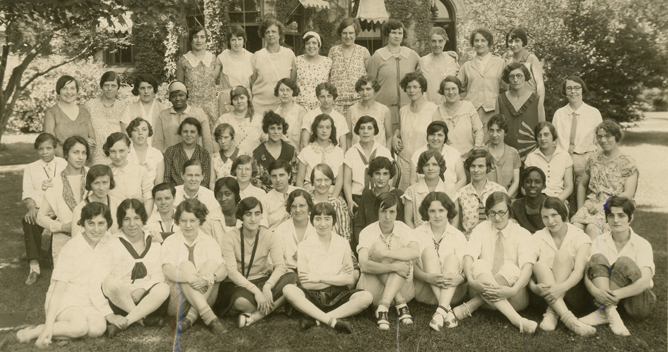Speaker Bio
Jeri Wieringa is a PhD student in history at George Mason University in Fairfax, Virginia, studying the intersections of religious history, gender theory, and digital methodologies. Her current research is focused on religious movements in the United States during the nineteenth century, with a particular interest in Seventh-Day Adventism, millennialism, and negotiations at the boundaries of "orthodox" belief and practice. She received her Bachelor of Arts degree from Calvin College with majors in philosophy and English and graduated summa cum laude with a Master of Arts in Religion degree, concentrated in the history of Christianity, from Yale Divinity School.
Abstract
While hymns are a popular source for studying religious language, large scale analysis of changes in these texts over time is rare. One reason for this gap is the focus of scholars on stable versions of popular hymns, a pragmatic choice due to the amount of source material. However, digital methods enable scholars to move beyond this constraint to examine broad patterns across a wide variety of texts. In this paper I will present an exploratory project that applies text-mining and topic-modeling to nineteenth-century, English language hymns to uncover patterns in religious language as linked to the gender of the author.
Early analysis of the results reinforces the viability of digital methods for examining large collections of hymns, despite also revealing substantial weaknesses in the data currently available. The database I used favors recent hymnals and popular hymns, resulting in the under representation of texts by nineteenth-century women. Despite this, initial text-mining reveals a prevalence of language that is earth-focused and positive in tone across the female authors, which contrasts with a prevalence of abstract language across male authors. These encouraging results support the extension of this analysis to a larger collection of hymns.
Mining Hymns: Exploring Gendered Patterns in Religious Language
While hymns are a popular source for studying religious language, large scale analysis of changes in these texts over time is rare. One reason for this gap is the focus of scholars on stable versions of popular hymns, a pragmatic choice due to the amount of source material. However, digital methods enable scholars to move beyond this constraint to examine broad patterns across a wide variety of texts. In this paper I will present an exploratory project that applies text-mining and topic-modeling to nineteenth-century, English language hymns to uncover patterns in religious language as linked to the gender of the author.
Early analysis of the results reinforces the viability of digital methods for examining large collections of hymns, despite also revealing substantial weaknesses in the data currently available. The database I used favors recent hymnals and popular hymns, resulting in the under representation of texts by nineteenth-century women. Despite this, initial text-mining reveals a prevalence of language that is earth-focused and positive in tone across the female authors, which contrasts with a prevalence of abstract language across male authors. These encouraging results support the extension of this analysis to a larger collection of hymns.
